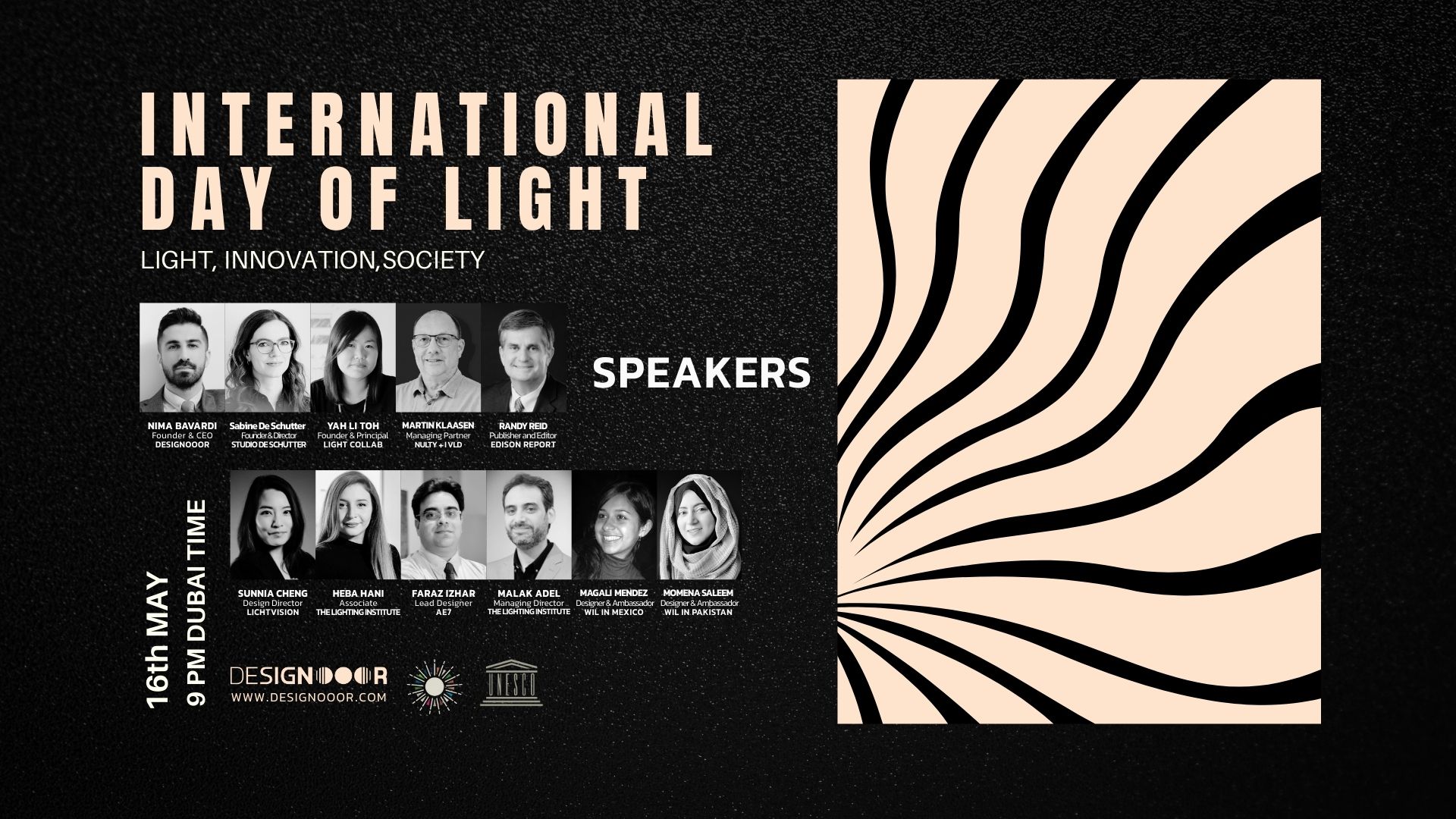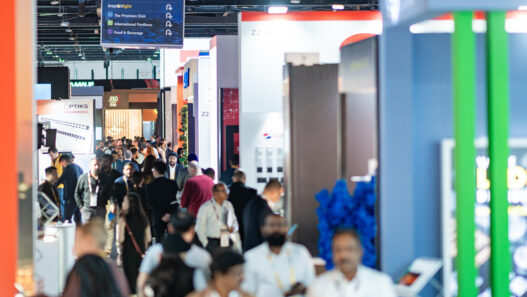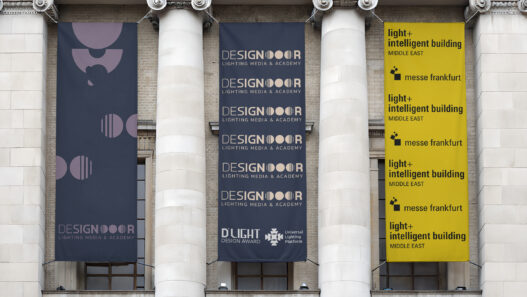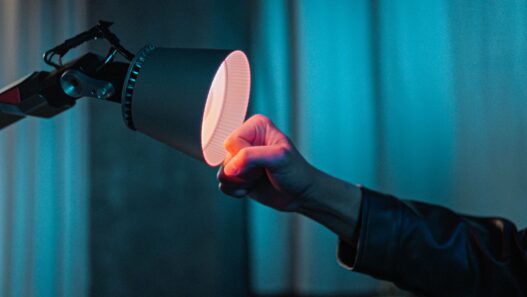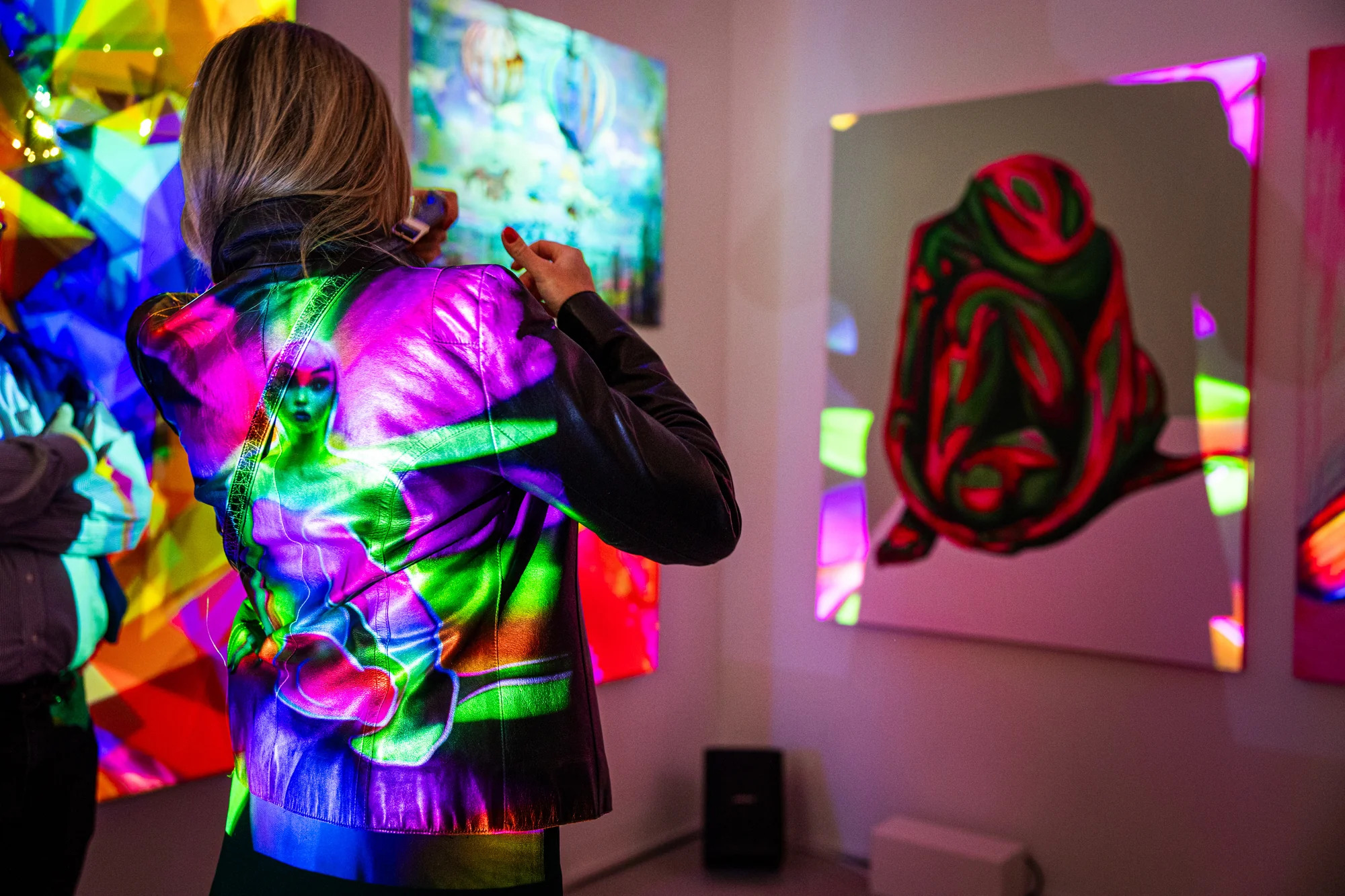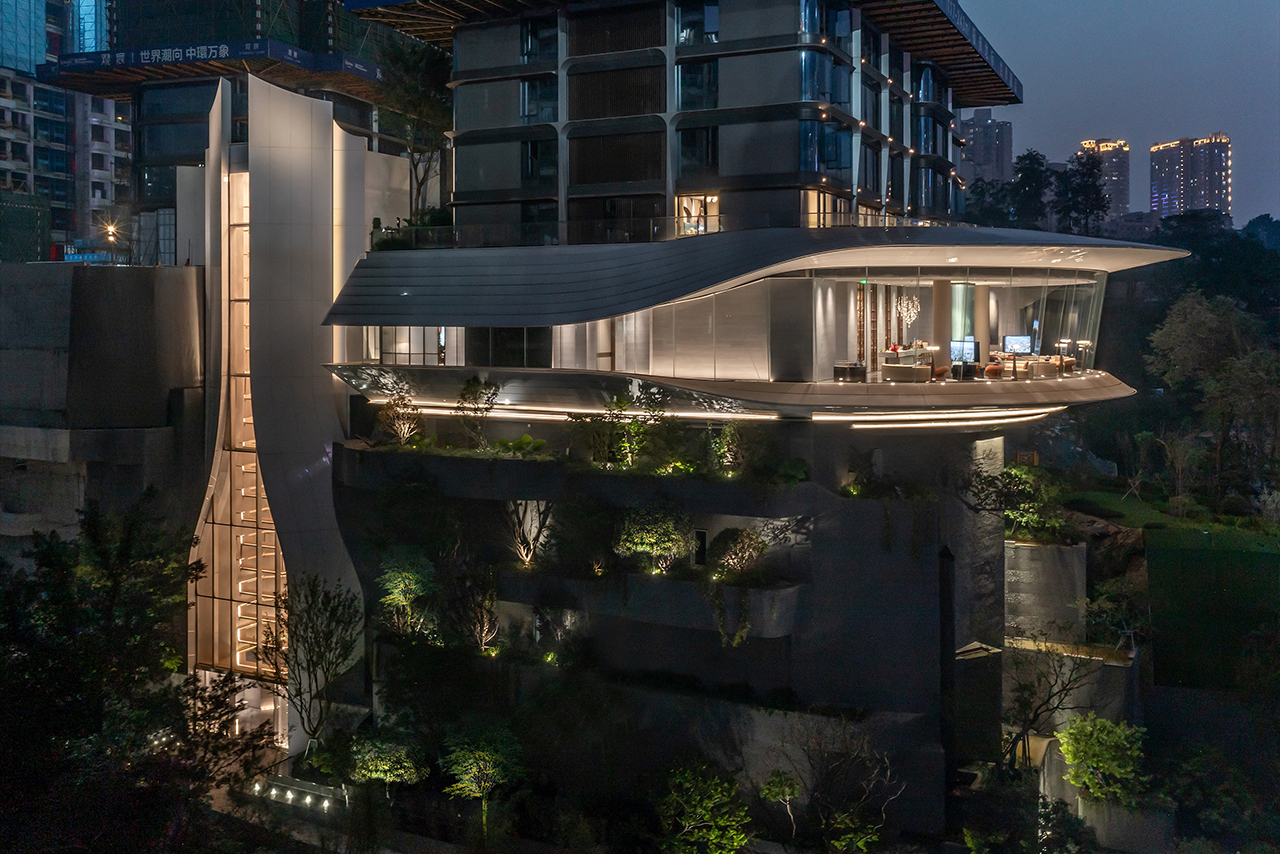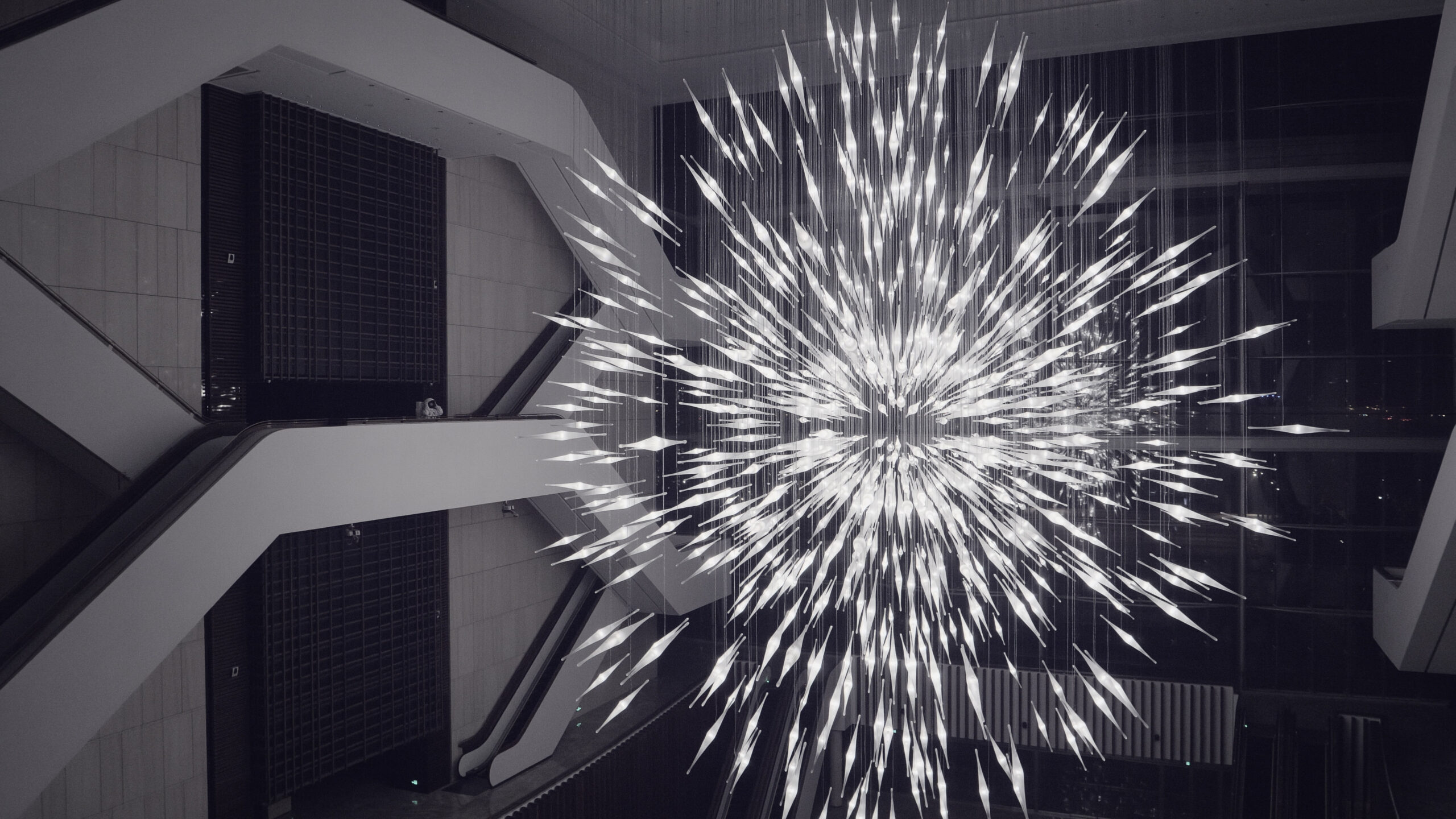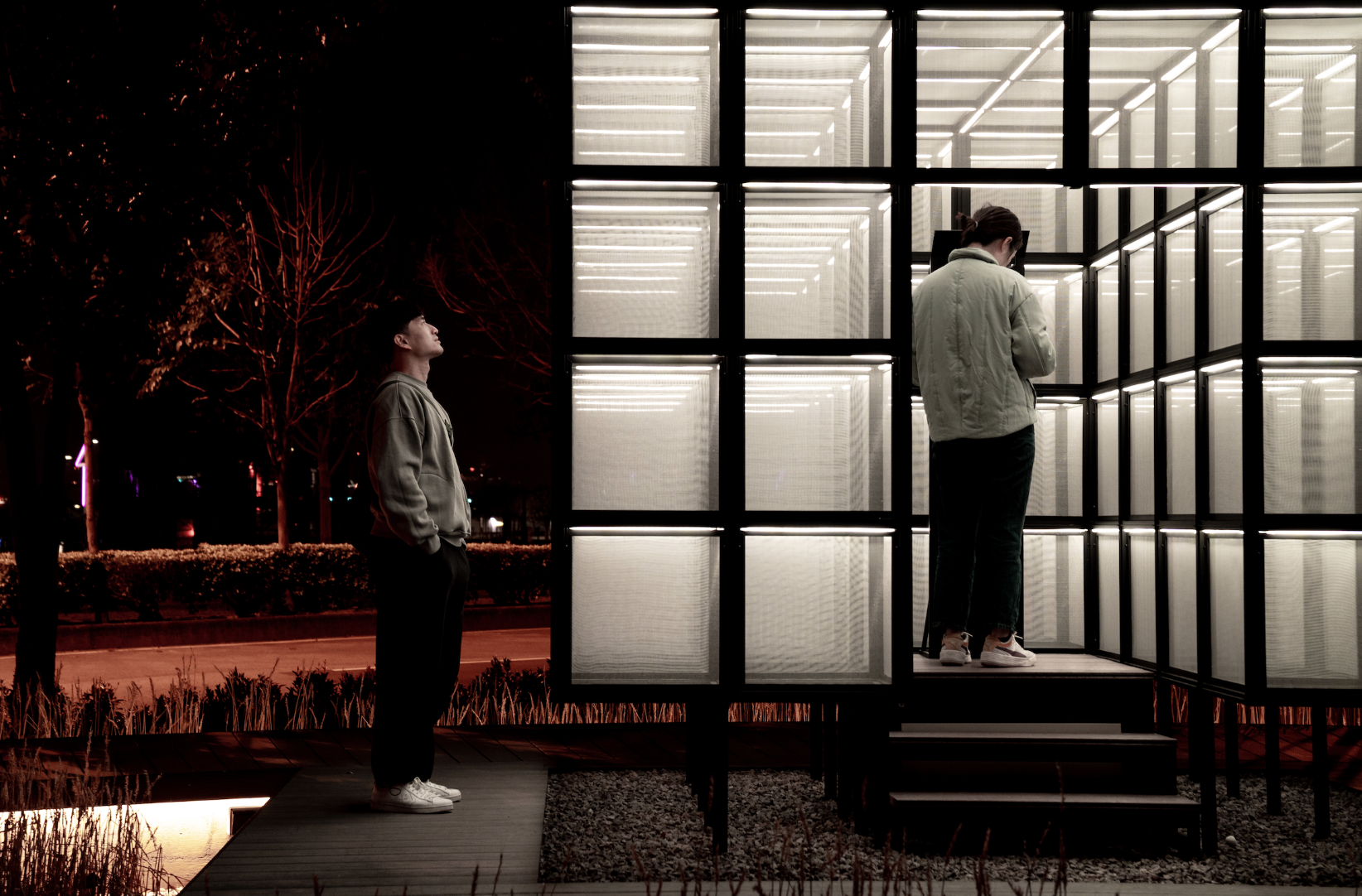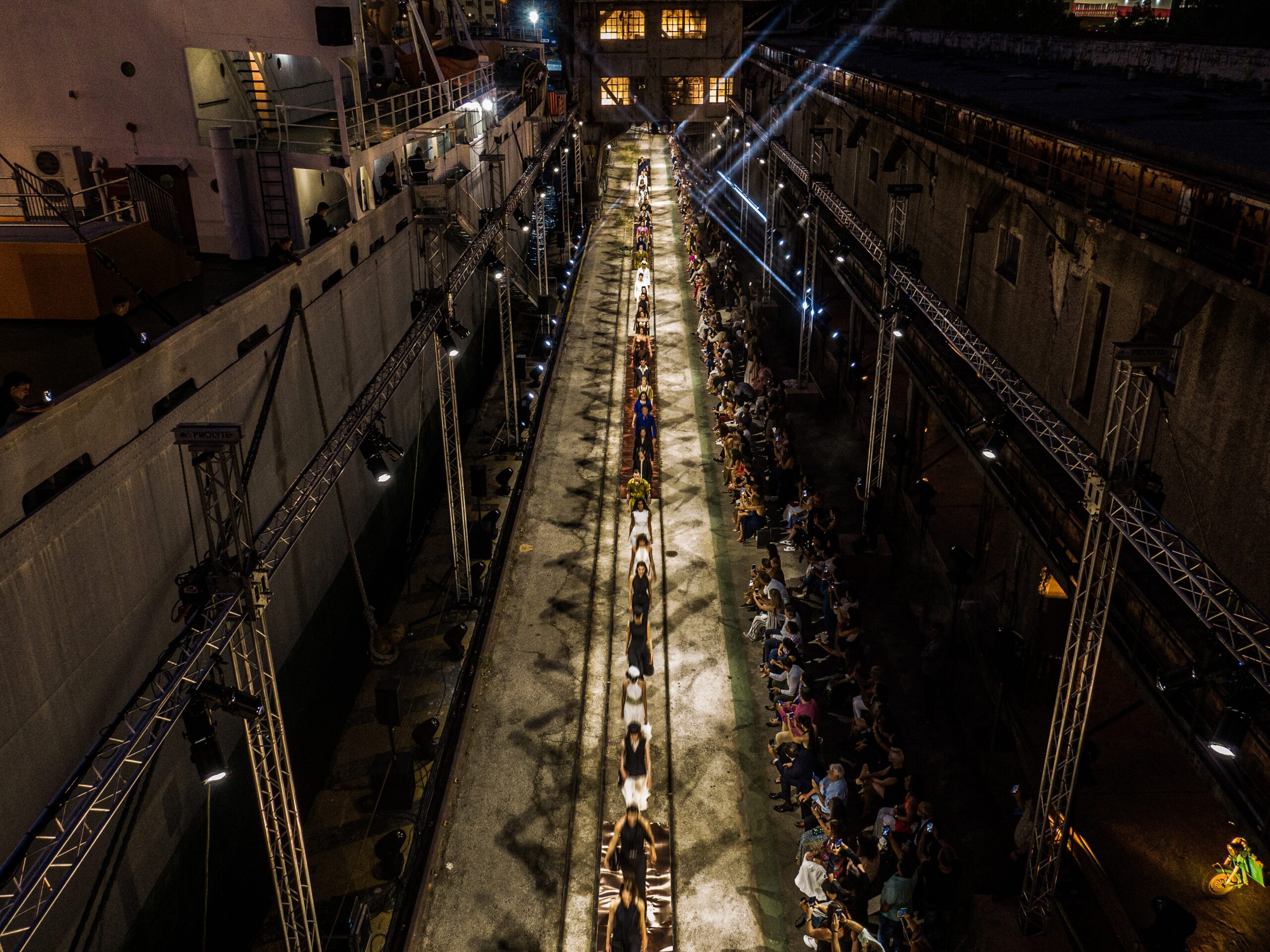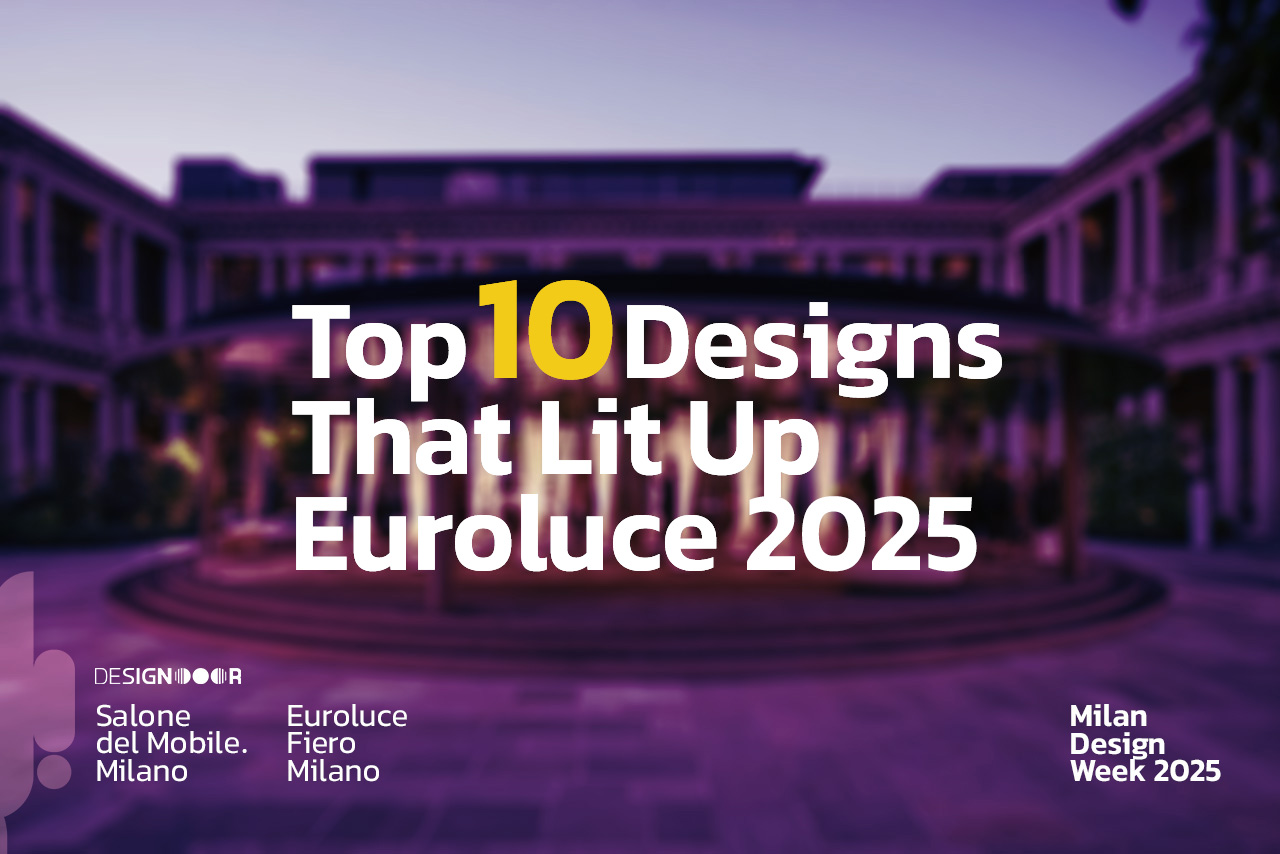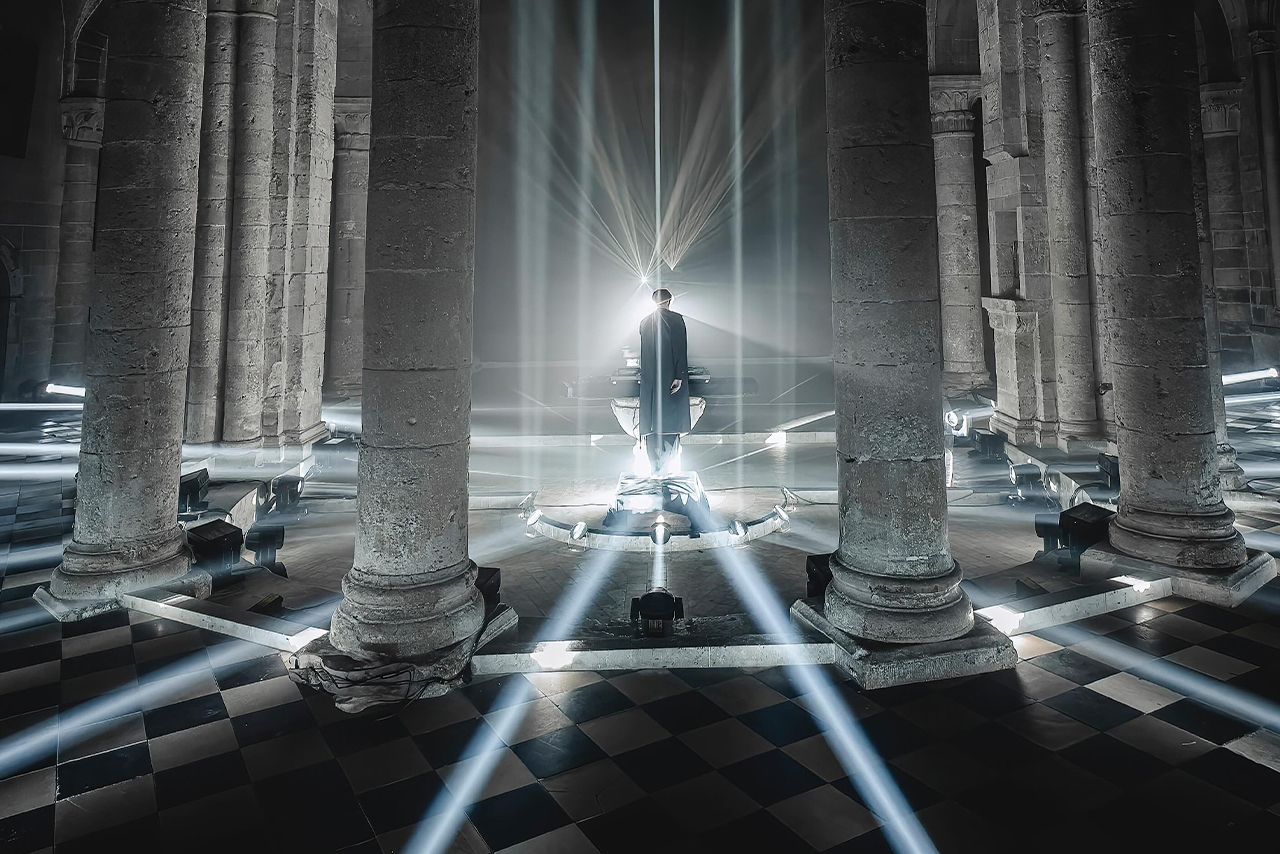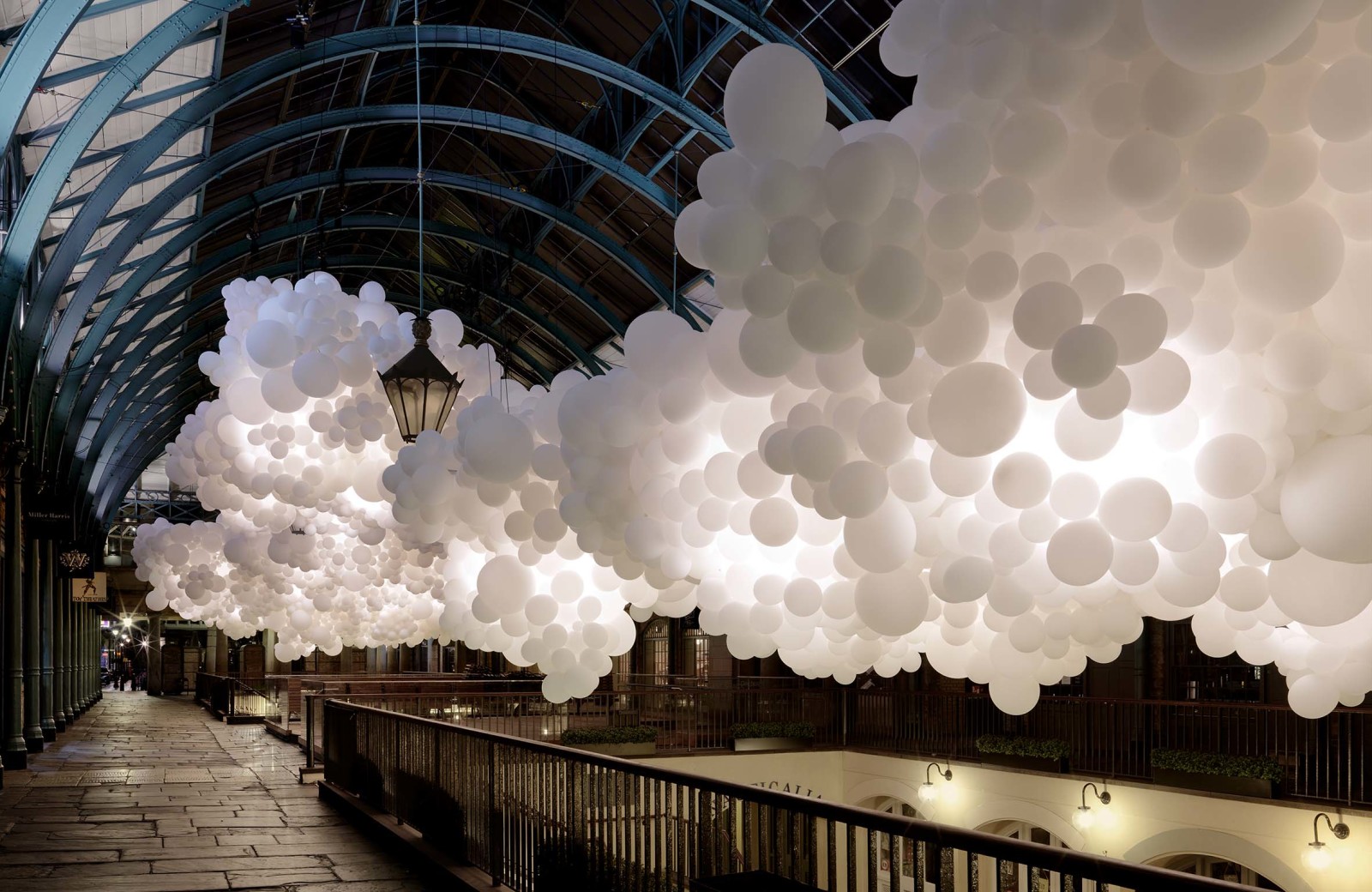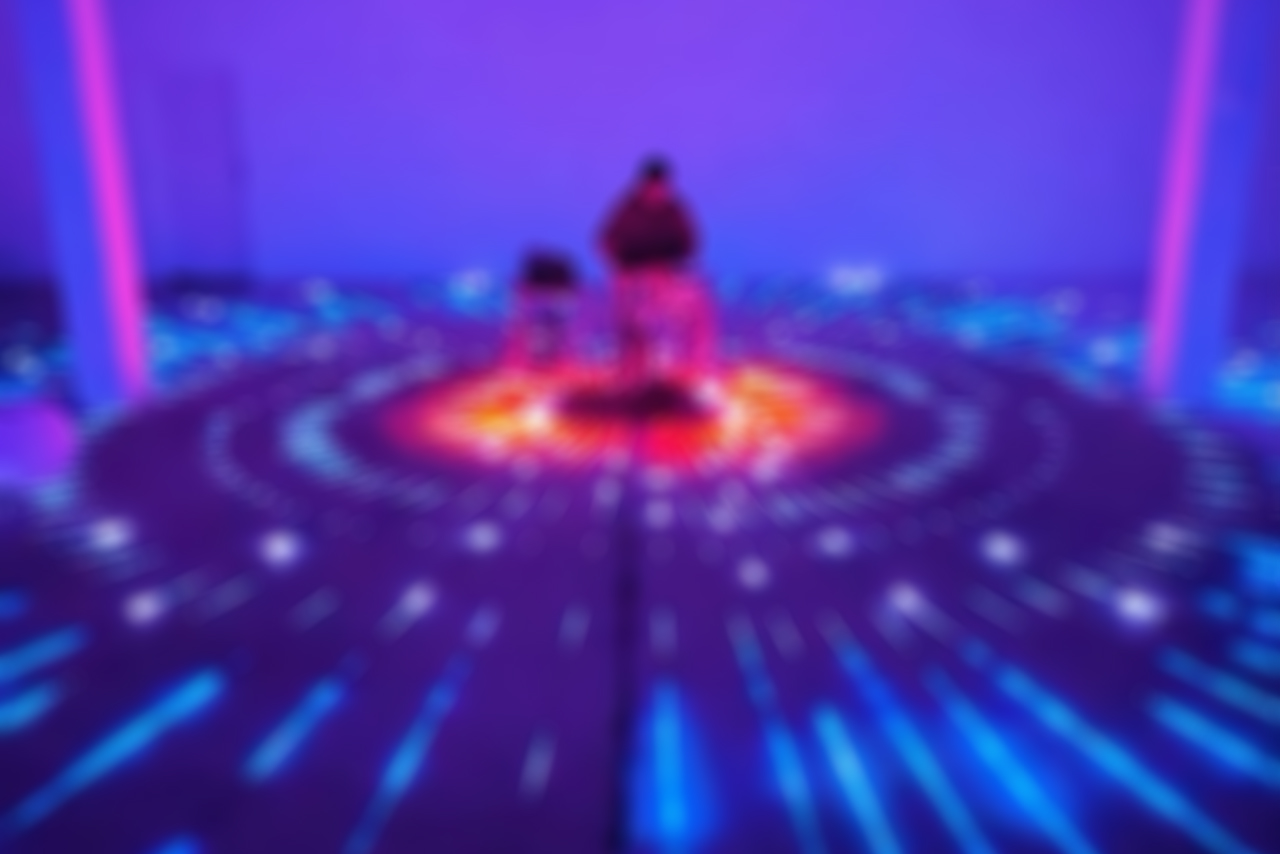Lighting and the techniques used in the works of Lucinda Dillworth cannot merely be considered a visual complement; rather, these elements lie at the core of her artistic expression. When encountering this collection, what delivers the first visual impact is the combination of intense colors and fluid forms that blur the boundary between traditional and digital media. Light is employed here not only to emphasize surfaces and lines but also as a dynamic force for transformation and metamorphosis. Dillworth’s approach to integrating digital projects with physical paintings goes beyond a purely aesthetic technique; this method reflects a concept of identity transformation, particularly in Pink Dissolution, where the movement of light gradually dissolves and alters the human form, as if identity, when faced with technology, becomes unstable and fluid.
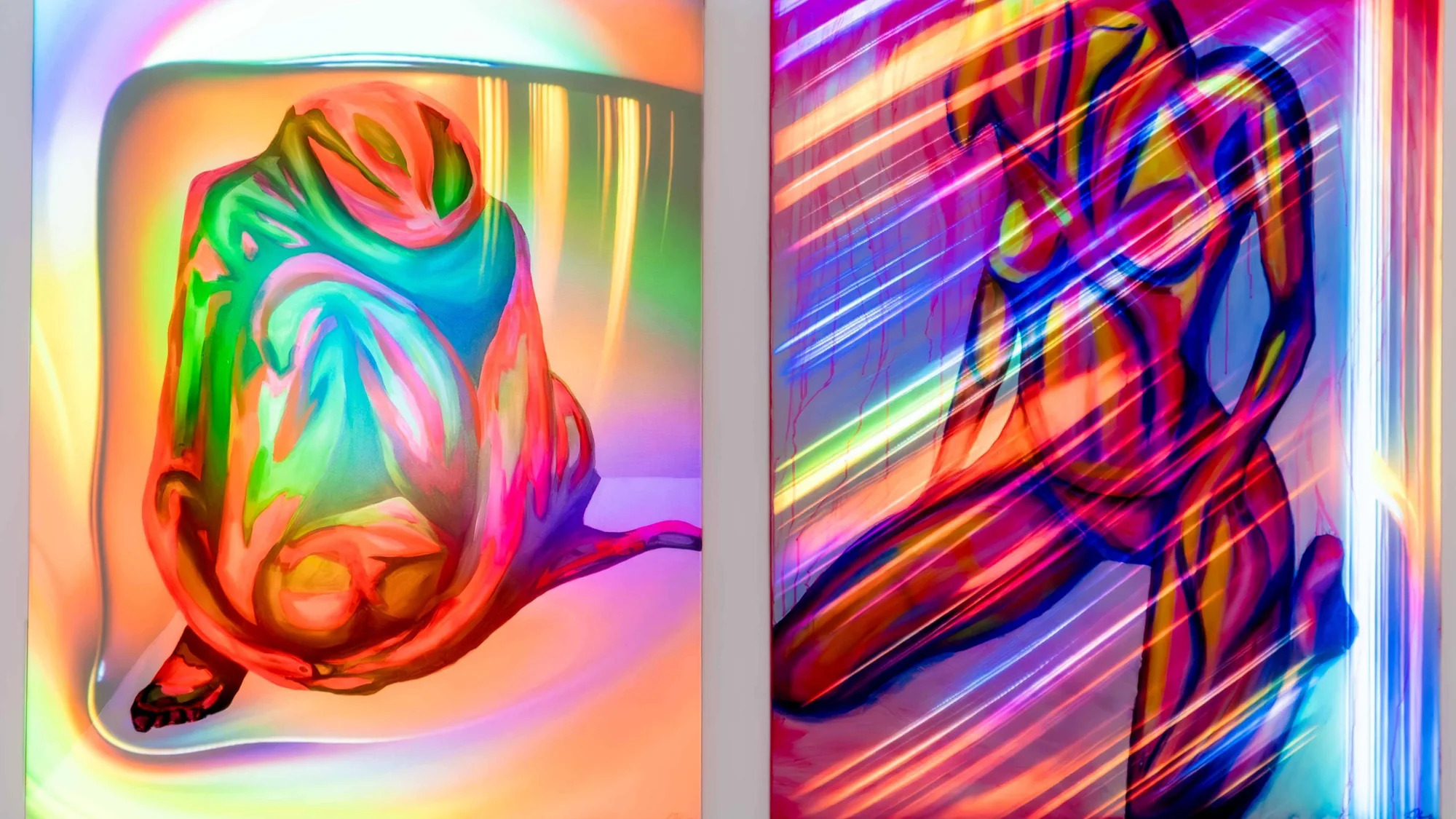
In terms of function and impact, this technique not only adds a new dimension to the viewer’s perception of the artwork but also shifts their experience from passive observation to active engagement. The lighting in these works utilizes advanced mapping systems and layered effects, allowing image motion and environmental interaction to become part of the artwork’s expressive language. Digital Bloom, with the movement of light and shadow, evokes a process akin to blooming and erosion, as if the very idea is born in the digital world, grows, and ultimately disintegrates under the weight of overwhelming information and rapid transformations. Here, light is not merely a decorative tool but a narrative force that adds layers of meaning to the traditional canvas.

On a deeper level, the lighting and visual structure of these works can be seen as a reflection of identity shifts in the contemporary world. The lights that glide and change across these canvases are reminiscent of unstable reflections on water like an image seen in a fractured mirror, never possessing permanence. This visual presentation technique can be likened to cinematic methods, where editing and lighting construct the narrative rather than merely setting the scene. From this perspective, Dillworth’s works are closer to experimental cinema than to static paintings. Therefore, if one were to find an accurate analogy for the lighting in this collection, it could be compared to the irregular reflections of light on the surfaces of modern urban glass suggesting a digital metropolis in a constant state of dissolution and reconstruction. In this approach, shadow and light serve as metaphors for the stability and fragility of human identity, a concept that permeates all of Dillworth’s works.
Pivotal: Digitalism at Saatchi Gallery with Kei London
Designer : Lucinda Dilworth
